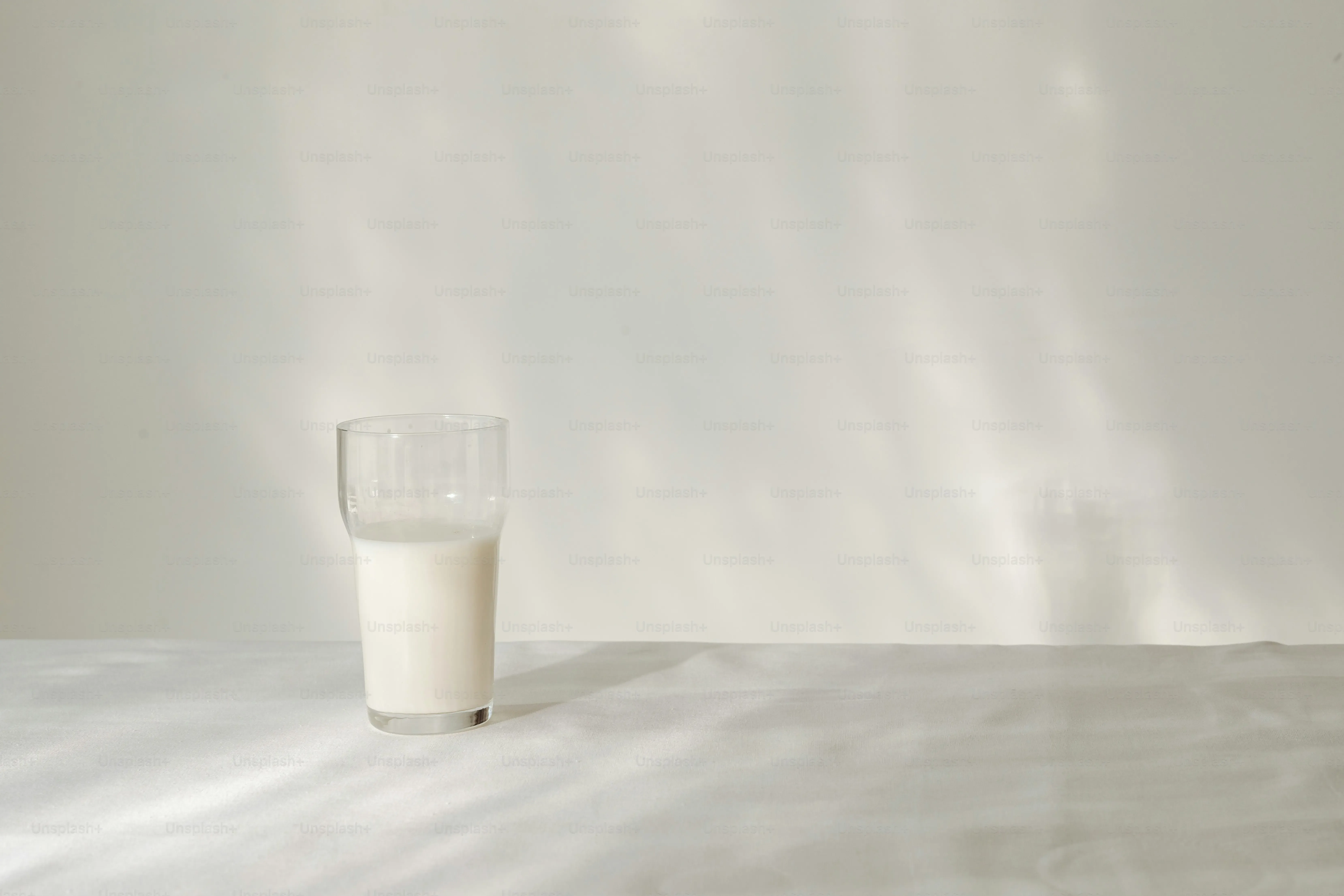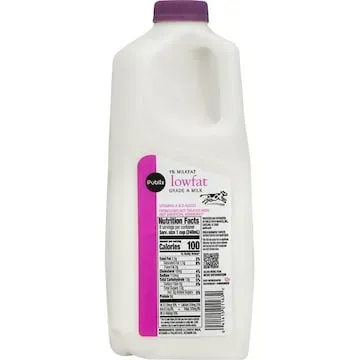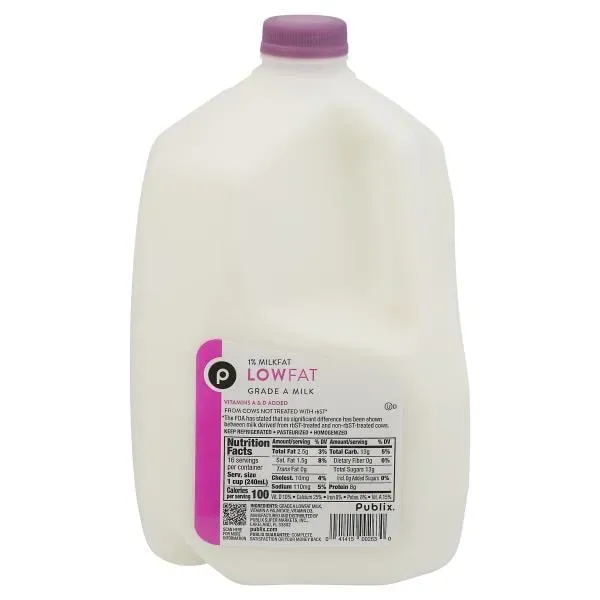Table of Contents
Standing in the dairy aisle can feel like a small test of willpower. So many options, so many labels. You’re probably looking for something that fits your needs, maybe something lighter than whole milk, but still tastes decent and doesn't cost a fortune. If you shop at Publix, chances are you've eyed the carton of Publix low fat milk. It’s a staple for many, sitting right there on the shelf, looking unassuming.
Publix Low Fat Milk: What's in the Carton?

Publix Low Fat Milk: What's in the Carton?
The Basics: Milk, Reduced Fat
let's break down what's actually inside that carton of Publix low fat milk. At its core, it's cow's milk, just like the whole milk or skim milk options. The key difference is the fat content. "Low fat" means the milkfat has been reduced to 1%. Think of it this way: whole milk is around 3.25% fat, 2% milk is... well, 2%, and skim milk is virtually fat-free. So, 1% sits squarely in the middle, offering a less creamy texture than whole or 2% but more body than skim.
To get to that 1% mark, the milk goes through a process called separation, where the cream (which contains most of the fat) is removed. After separation, the milk is standardized to ensure it hits that precise 1% fat level every time. It's also pasteurized, which involves heating the milk to kill off harmful bacteria, making it safe to drink and extending its shelf life. Homogenization is another standard step; this breaks down the fat globules so they stay evenly distributed throughout the milk instead of separating and rising to the top as a cream layer.
Vitamins and Grade A Standards
Beyond just the milk itself, Publix low fat milk typically has vitamins added back in. Milk naturally contains some vitamins, but processing can affect levels, especially of fat-soluble vitamins when fat is removed. That's why you'll usually see Vitamins A and D listed on the carton. Vitamin D is crucial for calcium absorption, and Vitamin A is important for vision and immune function. Adding them back ensures you're still getting these nutritional benefits even with the reduced fat.
You'll also notice the "Grade A" label. This isn't just marketing fluff. It means the milk meets specific federal quality and sanitation standards. These standards cover everything from the health of the cows and the cleanliness of the milking facilities to the processing and transportation of the milk. It's basically a stamp of approval indicating that the milk has been produced and handled under strict sanitary conditions, ensuring a safe and consistent product.
- Pasteurized for safety
- Homogenized for smooth texture
- Standardized to 1% milkfat
- Fortified with Vitamins A and D
- Meets "Grade A" quality standards
Decoding the Nutrition Label on Publix 1% Milk

Decoding the Nutrition Label on Publix 1% Milk
What the Numbers Tell You
Alright, let's zero in on that little box of numbers on the side of your Publix low fat milk carton – the nutrition facts panel. It might look like a lot at first glance, but it’s pretty straightforward once you know what you’re after. You'll see the serving size, usually one cup, which is important because all the numbers below it are based on that amount. For Publix low fat milk, you're looking at around 100-110 calories per serving. That's a good bit less than whole milk (around 150 calories) and slightly less than 2% (around 120-130 calories), making it a popular choice for folks watching their calorie intake. The fat content, as expected, is listed as 1% milkfat, meaning roughly 2.5 grams of total fat per cup, with very little saturated fat.
Beyond the fat and calories, the label confirms the protein punch milk is known for – typically 8 grams per serving, which is solid for building and repairing tissues. You'll also find the carbohydrate count, mostly natural sugars from lactose, and a decent amount of potassium. But the real stars are usually the vitamins and minerals. The label proudly displays percentages for Vitamin D, Vitamin A, and Calcium. These percentages are based on a standard 2,000-calorie daily diet, giving you a quick snapshot of how a cup of Publix low fat milk contributes to your daily needs, especially for bone health thanks to the calcium and added Vitamin D.
How Publix Low Fat Milk Stacks Up Against Other Brands
Comparing Price and Availability
When you're grabbing milk, price is almost always part of the equation, right? Publix low fat milk generally sits in a sweet spot regarding cost. It's typically less expensive than major national dairy brands you'll find in the same aisle, like Horizon Organic or Fairlife, which often carry a premium price tag for various reasons (organic certification, ultra-filtration, etc.). On the flip side, it might be a touch more expensive than some deep-discount grocery store's house brand, if one even exists in your area. The real advantage with Publix low fat milk is its consistent availability if you live anywhere near a Publix store. They stock it reliably, unlike sometimes spotty availability you might find with smaller or niche brands at other retailers.
Taste and Nutritional Profile Showdown
Now, let's talk taste and what's inside. Taste is subjective, of course, but Publix low fat milk has a reputation for being clean and consistent. It doesn't have the ultra-rich mouthfeel of whole milk, nor the sometimes-watery texture of skim. It's a middle-ground taste that works for most people in cereal, cooking, or just drinking straight. Nutritionally, it lines up very closely with other standard 1% milks on the market. The calories, protein, calcium, and added vitamins A and D are usually right in the same ballpark as store brands from Kroger or Walmart, and conventional national brands like Dean Foods or Borden, assuming they also fortify their milk similarly. You're not sacrificing key nutrients by choosing the Publix version over another conventional 1% milk.
- Price: Often lower than national brands, competitive with other store brands.
- Availability: Highly reliable in Publix service areas.
- Taste: Generally considered consistent and neutral for a 1% milk.
- Nutrition: Comparable to other conventional 1% milks (protein, calcium, Vitamins A & D).
Your Guide to Getting Publix Low Fat Milk

Your Guide to Getting Publix Low Fat Milk
Finding That Carton
so you've decided Publix low fat milk sounds like your jam. Great. Now, where do you actually get your hands on it? This one's probably the least surprising part of the whole deal: you buy it at Publix. Shocking, I know. Head straight to the dairy aisle. It’s usually prominently displayed alongside the other milk varieties – whole, 2%, skim, maybe some organic or specialty options. You'll find it in the standard gallon and half-gallon sizes. They keep it well-stocked because, frankly, people buy a lot of milk. If you're feeling particularly modern or just hate navigating crowded aisles, you can also add Publix low fat milk to your online grocery order through services like Instacart, which partners with Publix for delivery and pickup. Just search for "Publix low fat milk" on their platform, pick your size, and add it to your virtual cart. Easy peasy.
Final Sip on Publix Low Fat Milk
So, there you have it. Publix low fat milk, or 1% as the carton states, offers a straightforward option in the dairy case. You've got the nutritional breakdown – fewer calories and fat than whole milk, but still providing protein and those added vitamins. Comparing it requires a look at cost and specific nutritional needs, as other brands offer similar profiles, sometimes with minor variations or different sourcing claims. Getting your hands on it is simple enough – just head to your local Publix store or check their online options for pickup or delivery. Ultimately, it's milk. If the numbers work for you and the price feels right, it's a perfectly acceptable choice for your daily dairy needs. No need to overthink it.
